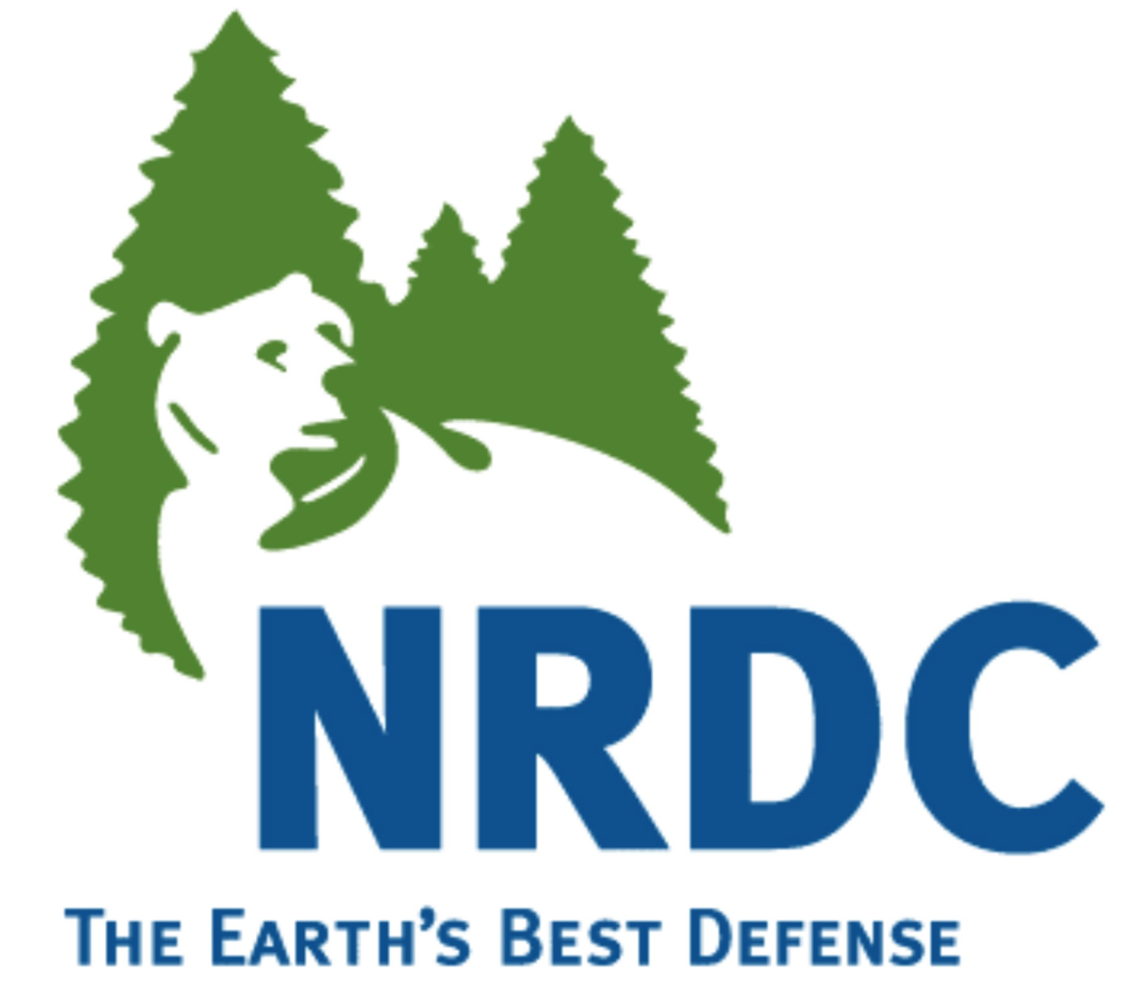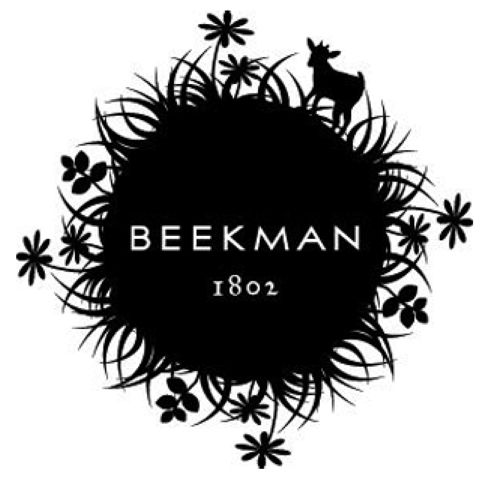Research conducted at New York Bee Sanctuary will promote the health of bees, the landscapes where they forage, and the human communities that work with them.
Our primary focus will be on domesticated honey bees, with additional education and research modules on other pollinators, particularly the wild and native bees of New York State. We believe every pollinator present in the landscape today is important to understanding our local ecology.
Under the guidance of our chief scientist, New York Bee Sanctuary will become an essential link in understanding and mitigating Colony Collapse Disorder (CCD). We will build a network of researchers, local beekeepers, university partners, and volunteers. Bee samples and data will be collected throughout New York to develop our programs and publications.
The Bee Lab: A Research and Teaching Space
A laboratory facility will be constructed to efficiently combine research and teaching. It will be used to train and mentor new beekeepers and to assist commercial and backyard beekeepers in maintaining bee health and biodiversity. The facility will showcase the importance of bees to agriculture and human nutrition, in addition to highlighting the role pollinators play in the ecosystems of New York State.
Sanctuary scientists will work as a team to provide a rich learning environment for people of all levels of scientific understanding and experience. Visitors will be able to learn about the research goals of the sanctuary and interact with staff.
The lab will be equipped with microscopes, sample collectors, a sample conservation fridge, and observation materials for our team. We will also have a facility where local beekeepers can deposit their bee samples. Microscopes for detecting bee pathogens (dissecting scopes for tracheal mites; compound scopes for nosema gut spores) will be available to visiting beekeepers who would like to take a hands-on look at their own bee specimens.
Hive Monitoring Project
The New York Bee Sanctuary research program will develop a set of devices to monitor the environmental data of hives in a scalable, low-maintenance, and cost-effective fashion. It will also create a framework for beekeepers and scientists to have retrospective and real-time access to hive information such as temperature, humidity, weight, light exposure, etc. These data will be useful to hobbyists, industrial beekeepers, and researchers alike. Having more insight into the hive environment can potentially help uncover critical aspects for pollinator survival at large, especially when dealing with issues like Colony Collapse Disorder (CCD).
Correlations between these data and salient events (pest management, swarming, hive death, etc.) should yield deeper understanding of the causes of CCD, honey bee behaviors, as well as inform existing studies underway. It will also help beekeepers manage hives more efficiently with minimal disturbance of the hive.
At present there is a lack of hive monitoring technologies that fit the needs of beekeepers and the constraints of the hive environment. Existing solutions tend not to be scalable, cost effective, or sturdy enough. Sometimes they are simply too high maintenance, preventing broad adoption. The hive monitoring project will take these factors into account in its experimental design.
By leveraging simple but efficient designs and low-cost sensors, each unit should see a significant price drop and much better power efficiency and autonomy. Organized around devices that collect data from hives grouped at the same location, all measurements will be transmitted locally to an Internet-connected gateway and then sent to a cloud data storage solution. This architecture allows for efficient use of power by distributing the task across various device types:
Hive Device: Measures environmental data at a given interval, being essentially turned off in between measurements and saving energy
Gateway Device: Always on, this Internet-connected device receives data from Hive Devices and channels it through to a cloud solution. The power requirements are higher than the hive device but should remain fairly low. It therefore eliminates the possibility of intensive data computation locally.
Cloud Solution: Data collection and computation take place here, where power is constant and computation mechanisms are optimized.
Data Consumption: The World Wide Web offers to any user a channel to reach the cloud from any location, and therefore retrieve raw or processed hive information that has been stored, as well as real-time data with a slight delay.








